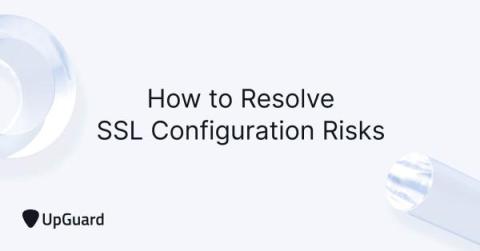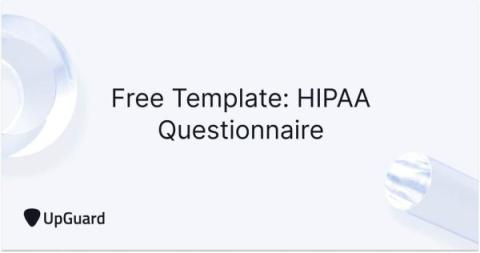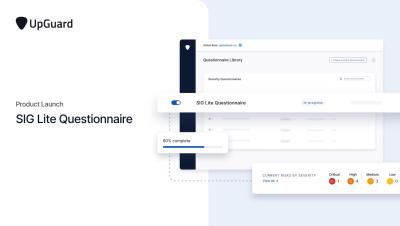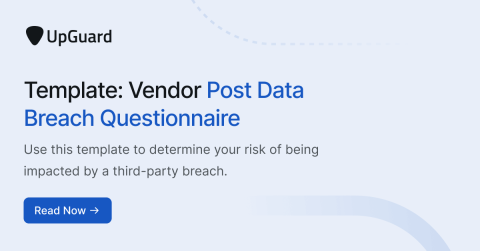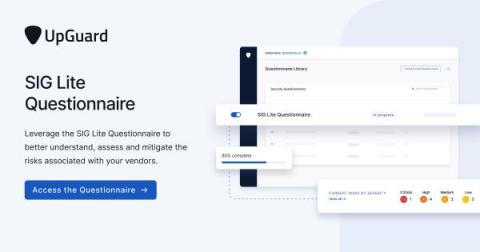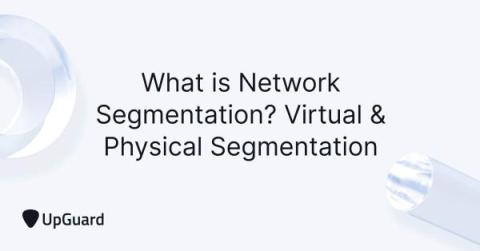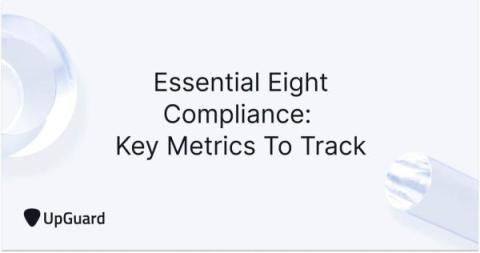How Tracking Pixels Impact Cybersecurity
Data collection is the gear that powers the modern internet. User data provides powerful behavioral insights, supercharges web analytics for tailored advertisements, and engages organizations in meaningful user experience research. But collecting that data requires tracking user behavior, which can lead to potential for personal data leaks, advertising spam, and unclear boundaries around what is considered invasive user research.


